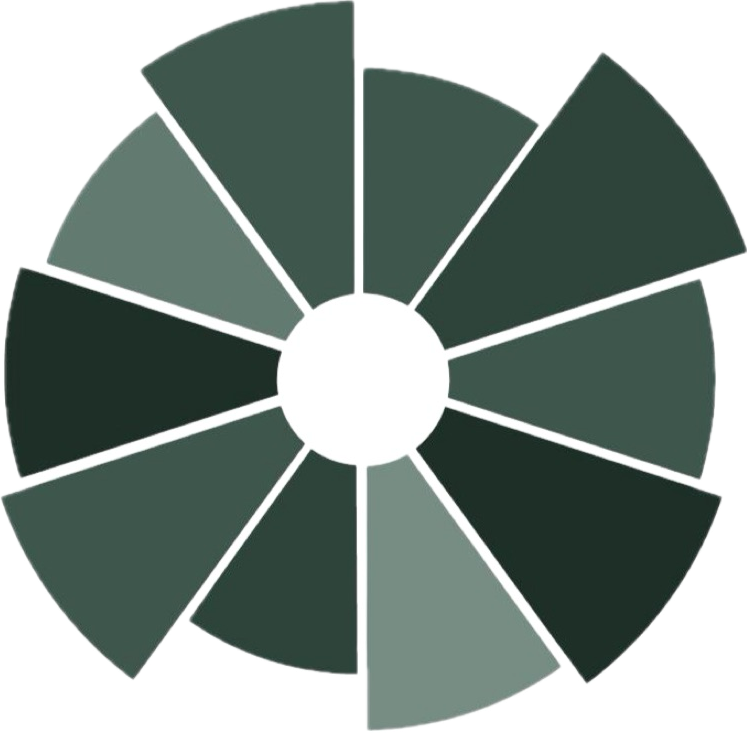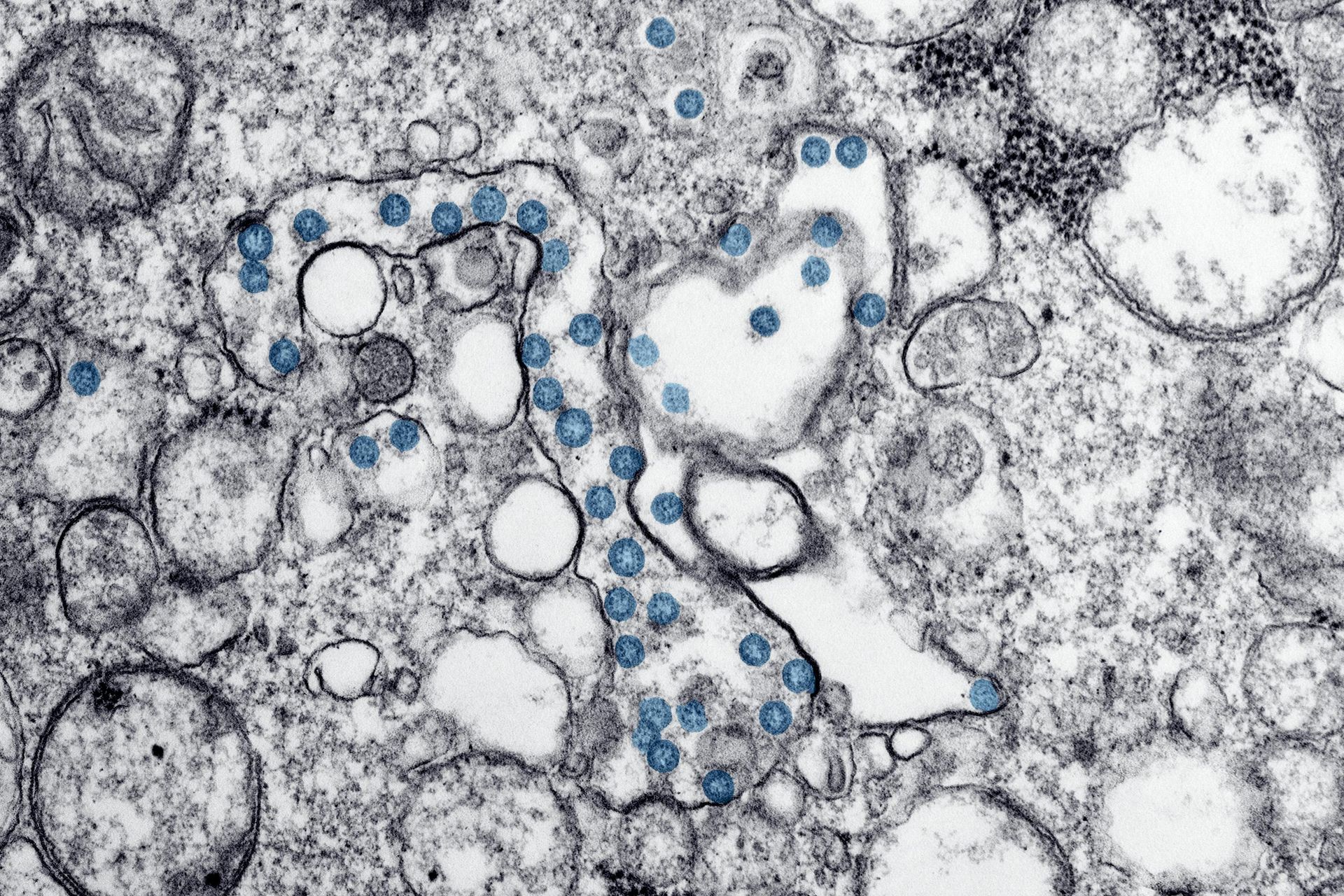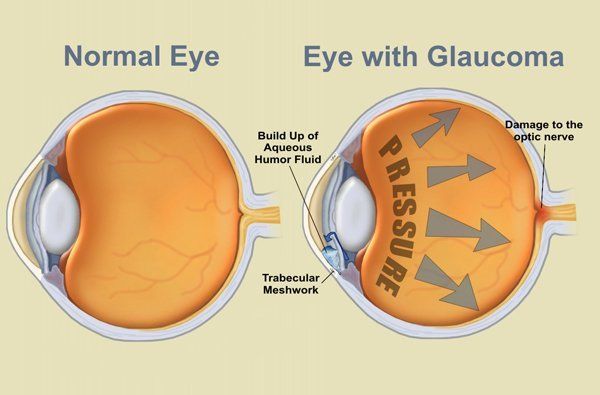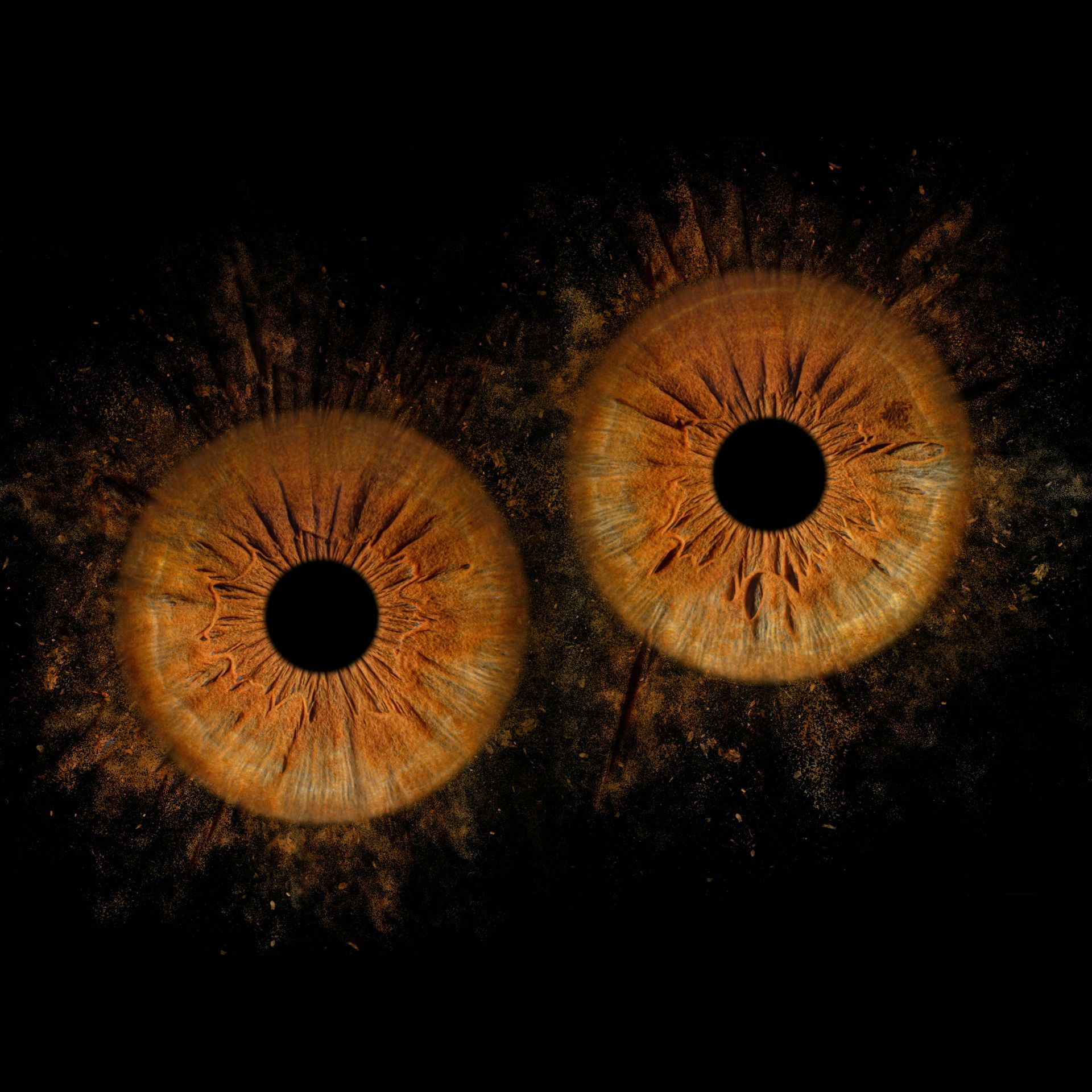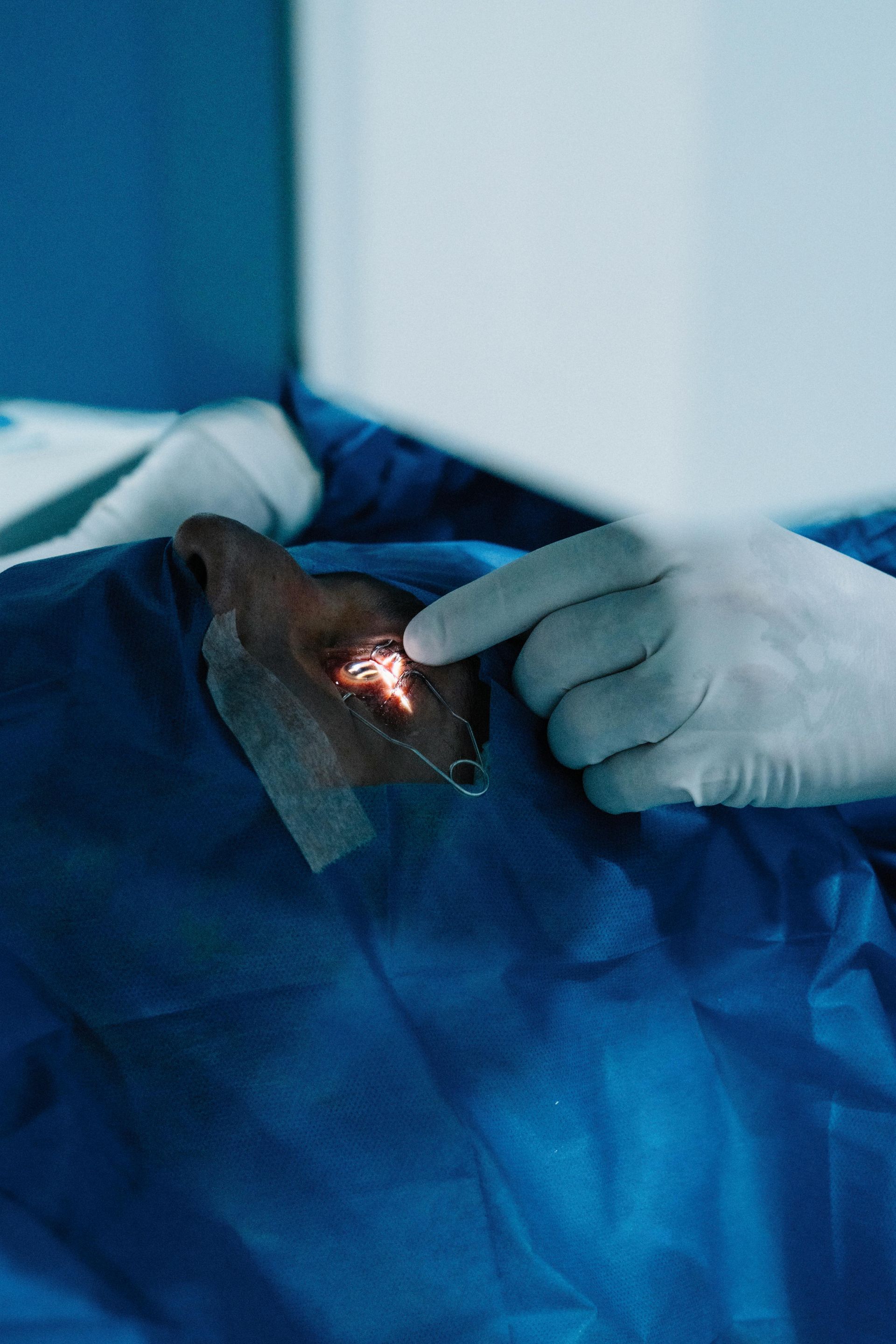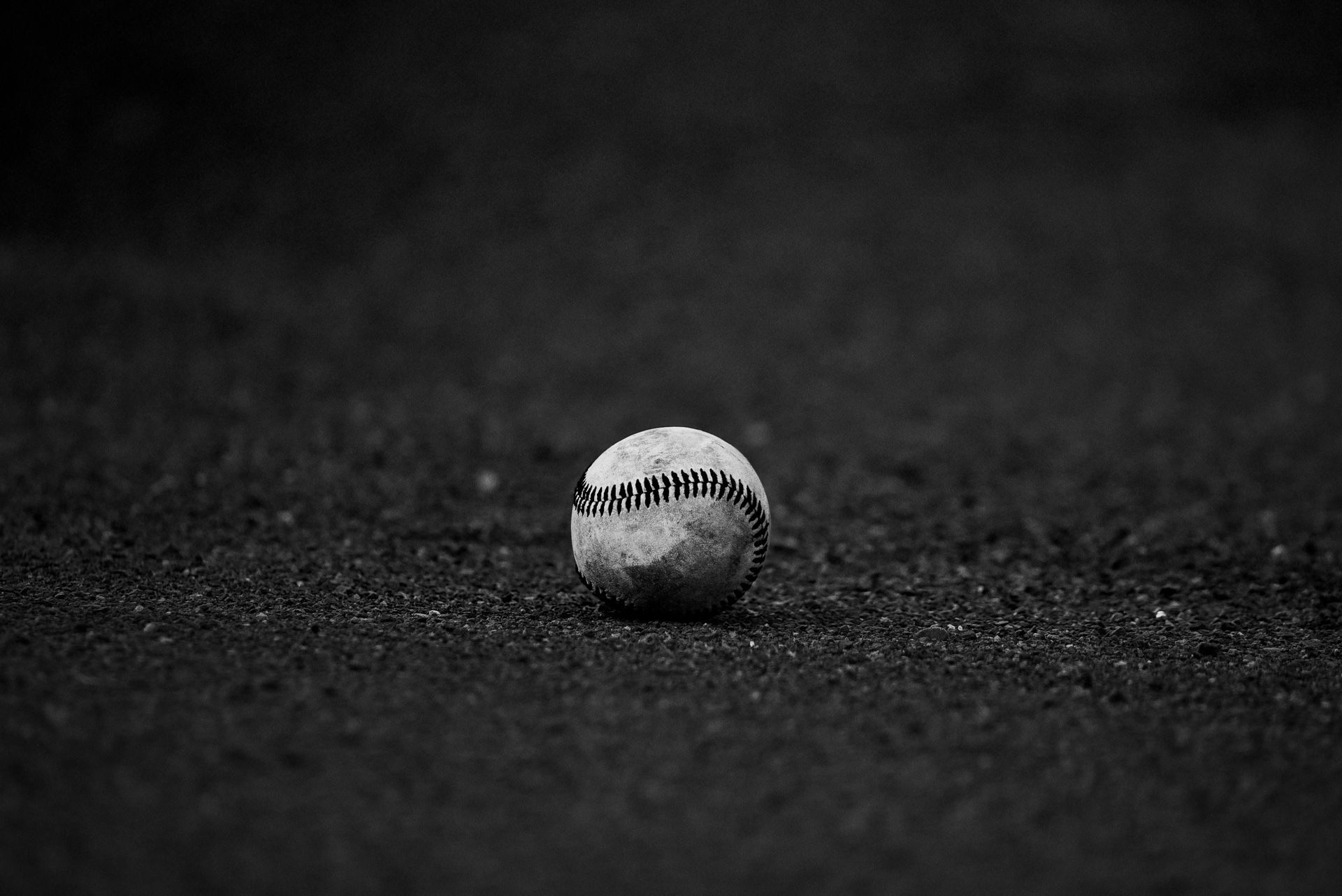Going small, really small: Nanophotonic biosensors.
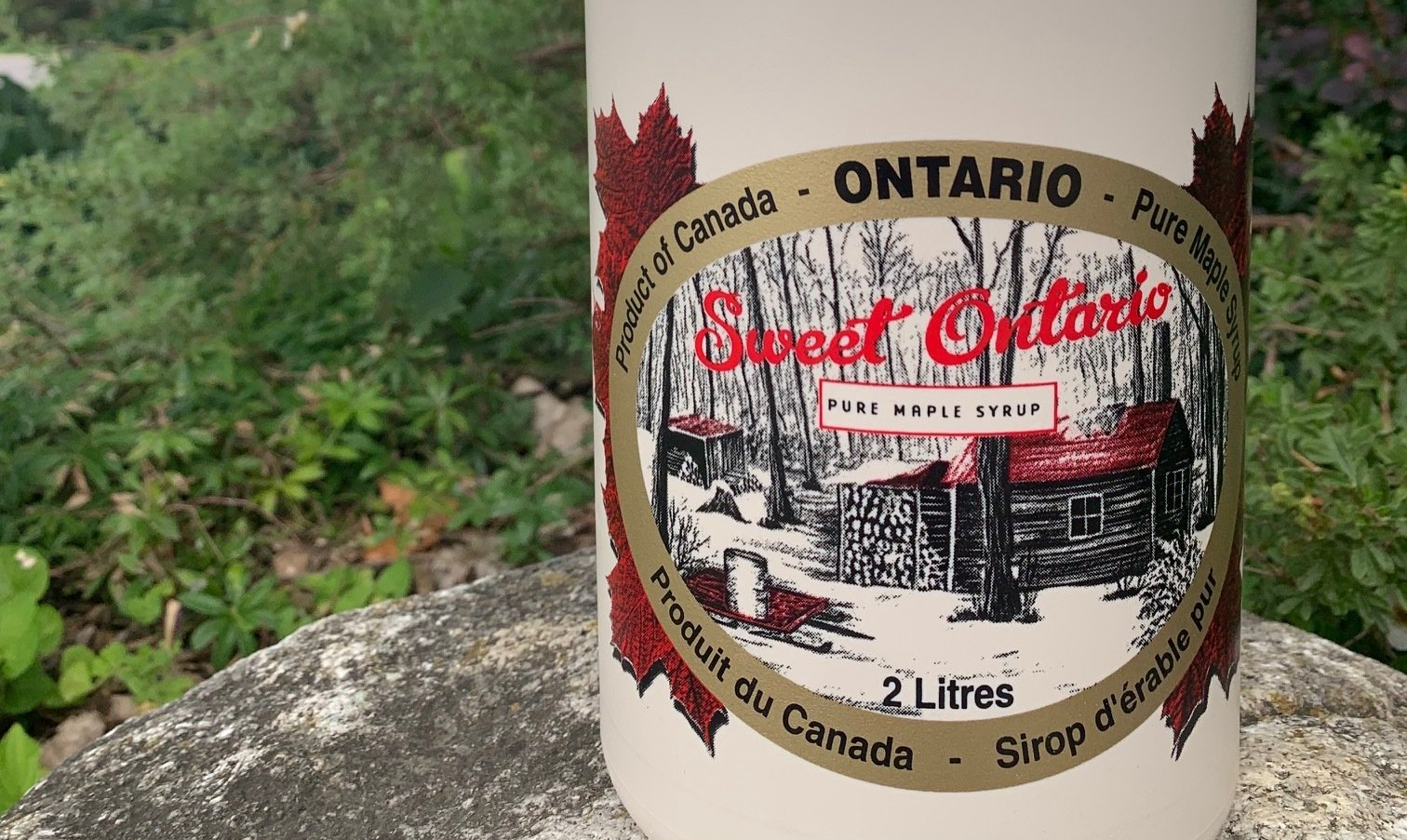
Blog vol 3. 10. Going small, really small: Nanophotonic biosensors.
In the past weeks, we received our first images from the Webb telescope. We are able to identify elements in and around exoplanets thousands of light years away.
This week we turn in on the larger universe and look at the “nano” verse.
In the latest edition of Nature, a research team from the University of Montreal uses nanophotonic sensors for analyzing maple syrup. Only in Canada, eh?
Sometimes a batch of syrup tastes a bit off and even trained tasters cannot pin-point the cause. Jean-Francois Masson and his team decided to apply the technology of biosensors to the problem.
The researchers took some samples of off-flavoured syrup and devised a nanophotonic sensor that contained very fine gold particles which then bound to the amino acids and amines that were suspected of distorting the flavour. When the proteins aggregated with the gold, the colour of the syrup changed alerting the tester to their presence. Once the team knew what they were looking for, they could back up a step and test sap samples before processing.
Harnessing the light-changing qualities of a nanoprocess has huge implications…
…not only for maple syrup quality control, but also in areas of medicine. This has potential applications in cancer detection, catching early changes in neurogenerative diseases like Parkinson’s, or screening for autoimmune diseases. It would also be valuable in the area of monitoring environmental toxins.
The key is the very small scale and specificity of the sensors.
When the molecule in question joins with the substrate there is a change in the discharge of light, very similar to how light is emitted from stained glass, this change is detected and quantified. For a more detailed explanation refer to the article in Nature.
On the one hand, we are observing objects thousands of light years away with the Webb telescope, on the other, molecules right under our noses and all around us with nanophotonic sensors.
Til next week,
the good doctor
.
